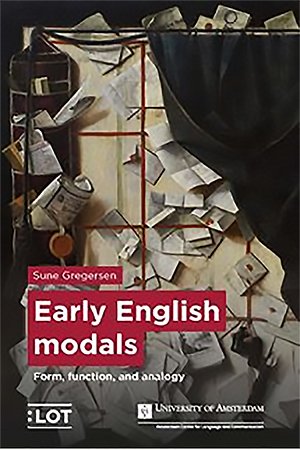Early English modals: Form, function, and analogy
This post was published 3 years ago. Download links are most likely obsolete. If that's the case, try asking the uploader to re-upload.

Sune Gregersen | 2020 | ISBN: 9460933637 | English | 425 pages | PDF | 5 MB
This book concerns the early history of the English modals, in particular their morphosyntactic and semantic development in the Old English (c. ad 800–1100) and Middle English (c. ad 1100–1500) periods. The English modals have played an important role in both synchronic and diachronic linguistic work in the last decades, but a number of contested issues concerning their development remain unresolved. This dissertation attempts to answer some of the open questions through careful analysis of the extant Old and Middle English sources and comparison with other Germanic languages, such as Old Norse, Middle Danish, and Middle Dutch.
The first part of the book provides a theoretical and methodological introduction to the study of the early English modals, the semantics of modality, and the historical corpora and other textual sources used for the investigation. The second part presents the investigation itself, which consists of four interconnected studies on the development of the modals, focussing on various morphological and syntactic developments in Middle English, the numerous changes to the ‘marginal’ modal dare, and the semantic development of the ‘core’ modals can, may, and must. I pay particular attention to a number of changes which do not follow the predictions made in the grammaticalization literature, but which can be readily explained with reference to analogy.
Download from free file storage
Resolve the captcha to access the links!
Registered members don't get captcha ... just sayin